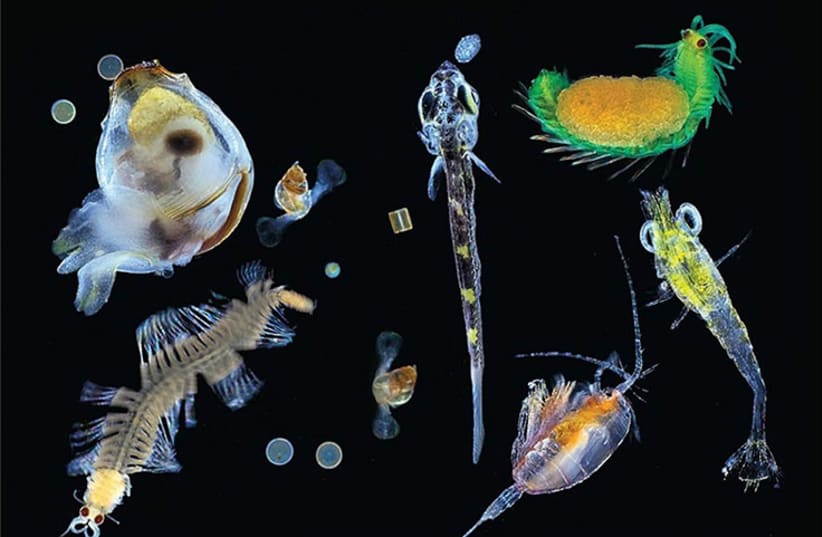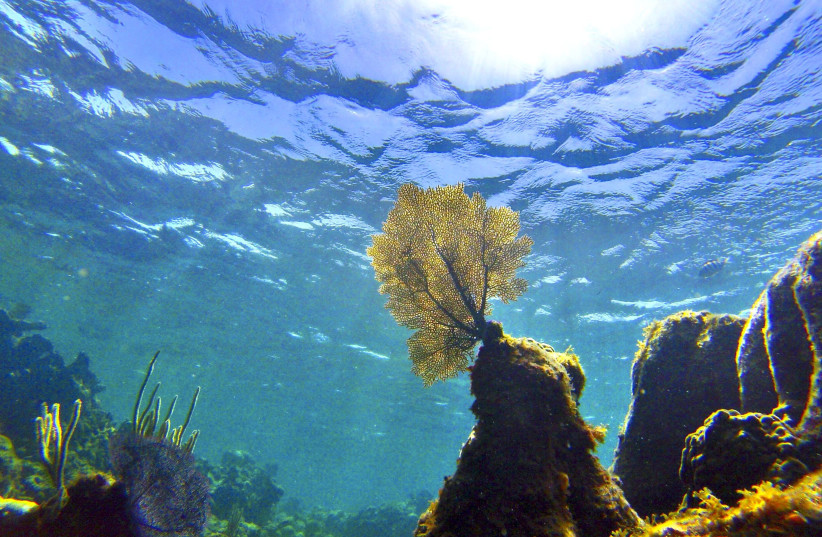Massive sequencing of plankton DNA in deep-sea sediments from the ocean floors of all major oceans has provided the first detailed picture of the full plankton biodiversity from all deep ocean levels and provides the answers to global-scale marine ecology questions.
The study, which was published in the peer-reviewed journal Science Advances, was conducted by researchers from the Norwegian Research Center (NORCE), Bjerknes Center for Climate Research, the University of Geneva, CNRS/Genoscope and IFREMER.
The deep-ocean floor makes up more of Earth's surface than anything else but remains one of the least explored ecosystems on the planet. The deep ocean is home to diverse marine-biological communities that support fundamental ecological processes like nutrient recycling and carbon isolation for the regulation of Earth's climate.
Past research of deep-ocean sediments has been limited due to the difficulties both in gathering the data and in distinguishing the DNA of plankton from the deepest levels of the oceans from that of the mid-depths.
a newly generated global-scale DNA metabarcoding dataset of plankton diversity in the deep ocean has allowed the researchers to make the necessary distinctions.
"With nearly 1700 samples and two billion DNA sequences from the surface to the deep-ocean floor worldwide, high throughput environmental genomics vastly expands our capacity to study and understand deep-sea biodiversity, its connection to the water masses above and to the global carbon cycle," said the study's lead other and researcher at NORCE and Bjerknes Tristan Cordier.
The results confirmed that the plankton communities of the deep ocean are more diverse and much different from the communities in the mid-depths, with the species in the deep-ocean not occurring in the mid-level ocean.
"We compared our deep-sea benthic (deep-ocean floor) DNA sequences to all references sequences available for know eukaryotes (plankton)," said Jan Pawlowski, a professor at the Department of Genetics and Evolution at the University of Geneva. "Our data indicates that nearly two-thirds of this benthic diversity cannot be assigned to any known group, revealing a major gap in our knowledge of marine biodiversity."
Further analysis of the DNA confirmed that the polar regions of the deep-ocean floor are hotspots for carbon isolation, and the composition of the plankton DNA predicts the strength of the biological pump which is a process in which carbon is transferred to the deep ocean in order to regulate the global climate.
"For the first time, we can understand which members of the plankton communities are contributing most to the biological pump," said a researcher at CNRS Clomban de Vargas.
Another benefit of the study is that using the DNA collected from the deep-ocean sediments, scientists can recreate ancient oceans in order to assess how climate change has affected plankton diversity which will help them learn more about how climate change affects the deep-ocean, an opportunity that has never been possible before.
According to Cordier, the reconstruction could inform on the future strength of the biological pump in a warmer ocean, "which is key for modeling the future carbon cycle under climate change."
"Our study further demonstrates that deep-sea biodiversity research is of paramount importance," said Andrew J. Gooday who took part in the study. "Huge numbers of unknown organisms inhabit ocean-floor sediments and must play a fundamental role in ecological and biogeochemical processes. A better knowledge of this rich diversity is crucial if we are to protect these vast, relatively pristine ecosystems from the impacts of possible future human incursions and understand the effects on it of climate change."

